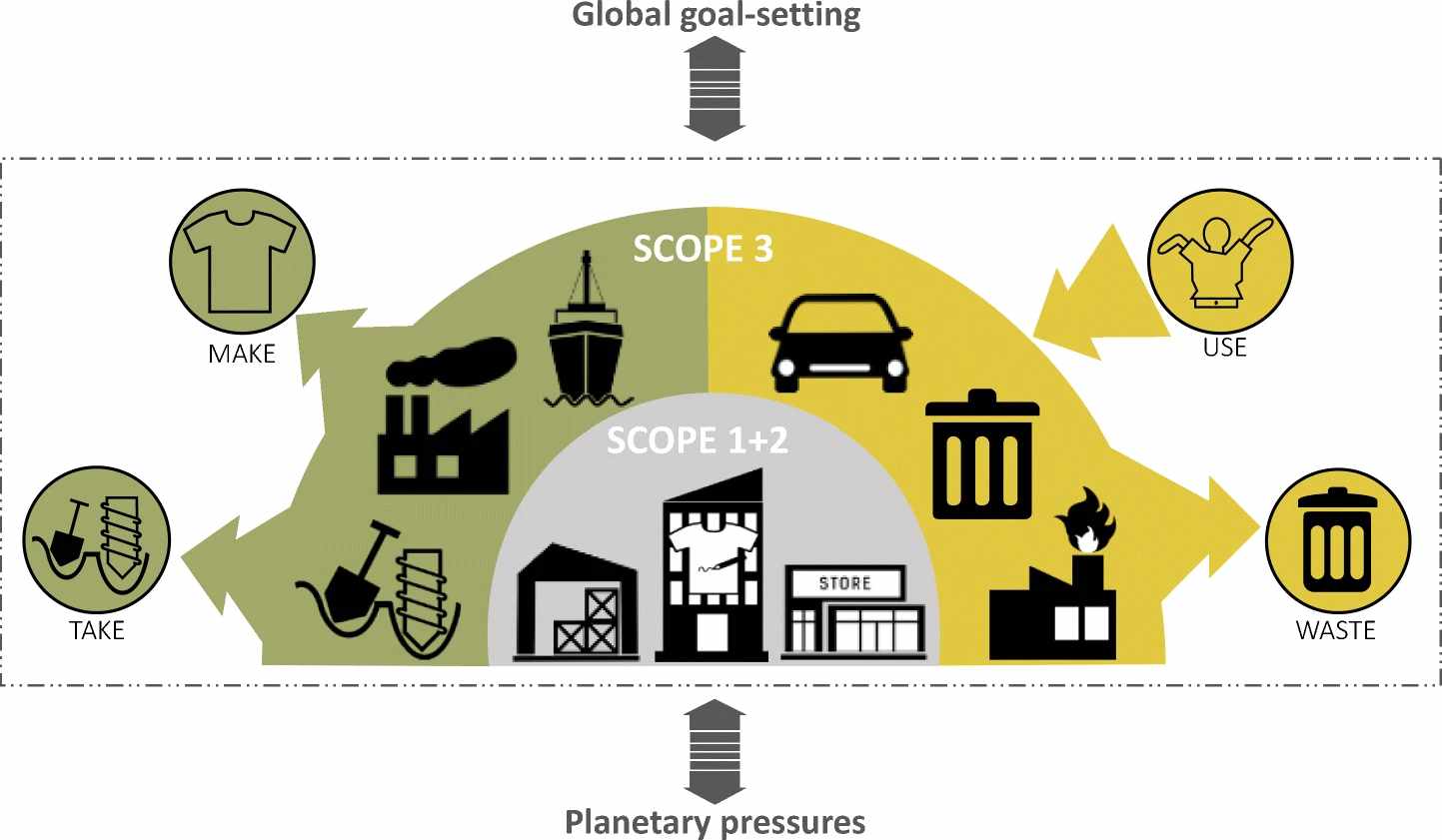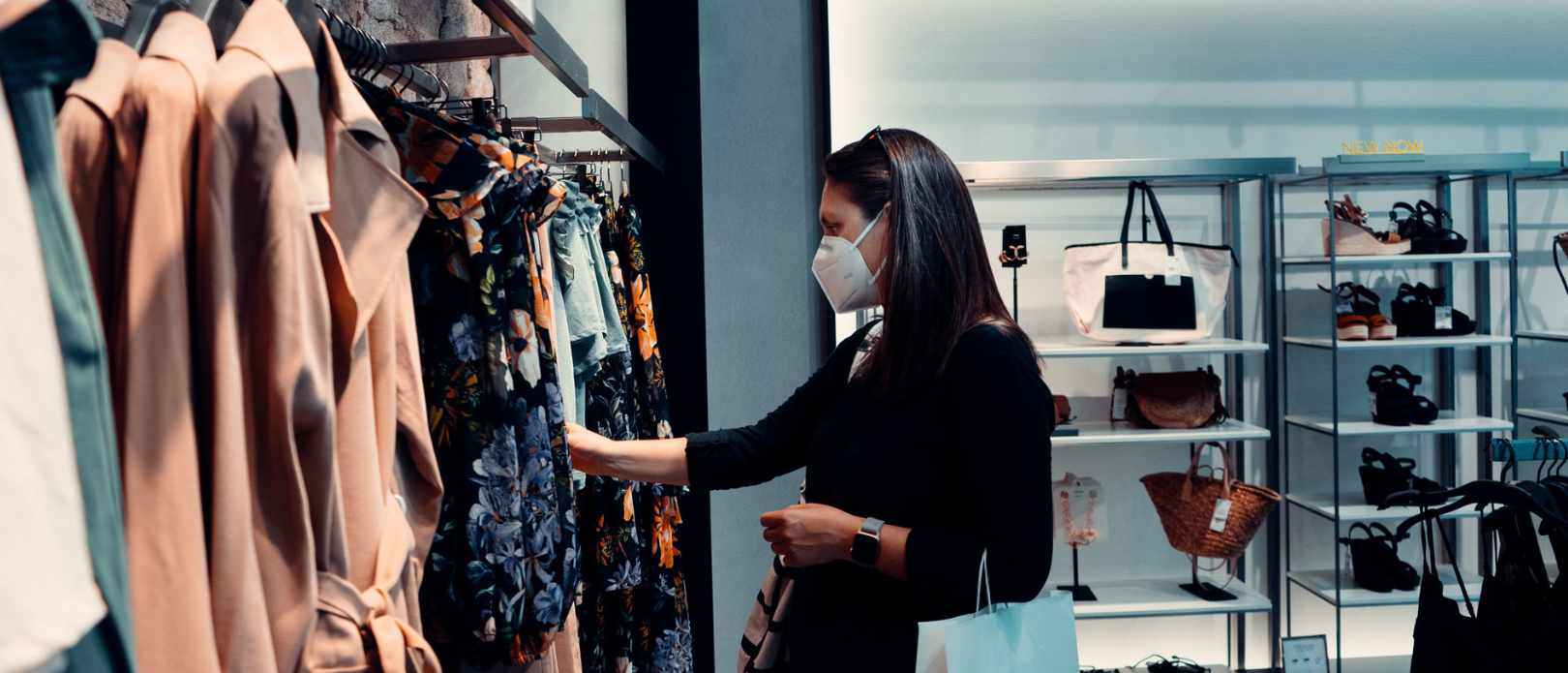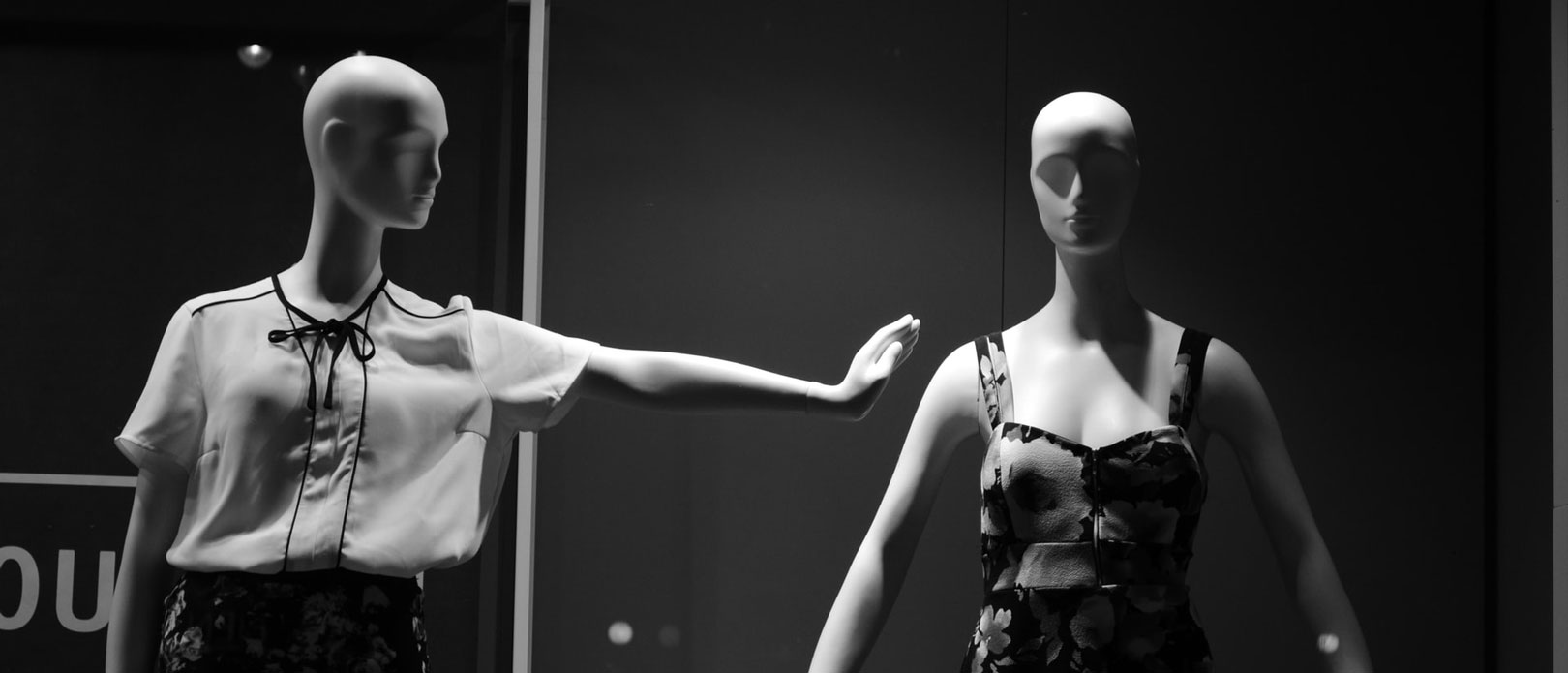CIRKULAR ECONOMY
Want to make fashion green? Listen to the consumers
The fashion and textiles industry is too focused on the material ‘stuff’. It should start thinking more about the consumers’ needs and desires
- The fashion industry’s high pressure on ecosystems and the climate is likely to rise after the pandemic
- The industry should quit focusing narrowly on flows of materials within the production and retail phases
- Future sustainability efforts must pay much more attention to people’s needs and desires, and their role in keeping material in use
THE CUSTOMER’S ALWAYS RIGHT: The global fashion and textile industry is projected to recover from the pandemic and continue to grow. But unless there are radical changes, this also means the industry’s damaging environmental effects will continue to increase.
The fashion industry has created several coalitions, initiatives and platforms working for sustainability and increased use of circular economy principles, but pressures on ecosystems and the climate are still rising.
What are they doing wrong?
A social-ecological story
A recent paper published in the journal Circular Economy and Sustainability argues that reducing the planetary pressure from the global fashion and textiles industry requires much greater recognition of social drivers.
“There is a social story behind the environmental impacts,” explains Celinda Palm, first author of the new study.
Palm, a PhD-student at the Stockholm Resilience Centre, wrote the paper together with centre colleagues Sarah Cornell and Tiina Häyhä, the latter also affiliated with the International Institute for Applied Systems Analysis (IIASA).
Reducing planetary pressures requires recognition of social drivers beyond the industry’s value chain.
Celinda Palm, lead author
Rethinking the fashion system
The researchers used a Driver-State-Response framework to analyse a selection of the industry’s international ‘Sustainable Fashion’ initiatives, established from 2000 to today.
In particular, they reframed this framework as an adaptive cycle, clarifying the links between social drivers, environmental conditions and various options for social actions.
With such a perspective it becomes evident that the industry’s current attempts to shift into circular business models focus too much on the material ‘stuff’, disconnected from the ways that people actually choose and use fashion. Instead, moving from today’s ‘take-make-waste’ business model towards a sustainable circular business model requires that the industry rethinks what the system actually is.
Based on their analysis they argue that the biophysical and social dimensions of the fashion system should be analysed together with a social-ecological system perspective to increase the likelihood of achieving desired outcomes.
“For the industry to become sustainably circular it is crucial to pay much more attention to how fashion products are used throughout their whole lifecycle,” the researchers write.

Figure: The fashion and textile industry’s environmental impacts encompass not only issues that retail companies can directly control (Scope 1 and 2), but also phases in the value chain not directly controlled by them (Scope 3). So far, this third scope has focused too much on “upstream activities” like production of raw materials and garments (in green), and too little on the “downstream” norms and values of the users (in yellow) that play a vital role in closing material loops
Needs and desires
This is where the users of fashion come in. The study highlights the importance of including cultural norms and values of the customers in all sustainability undertakings. The users of fashion play a critical role in decreasing waste, keeping material in use and ‘closing the loop’ of material flows.
“Reducing planetary pressures requires recognition of social drivers beyond the industry’s value chain,” says Celinda Palm.
In short, the study concludes that future sustainability efforts and analyses must pay much more attention to people’s needs and desires, since these shape people’s decisions on what to buy, use and dispose of.
Palm, C., Cornell, S.E. & Häyhä, T. 2021. Making Resilient Decisions for Sustainable Circularity of Fashion. Circ.Econ.Sust. https://doi.org/10.1007/s43615-021-00040-1









